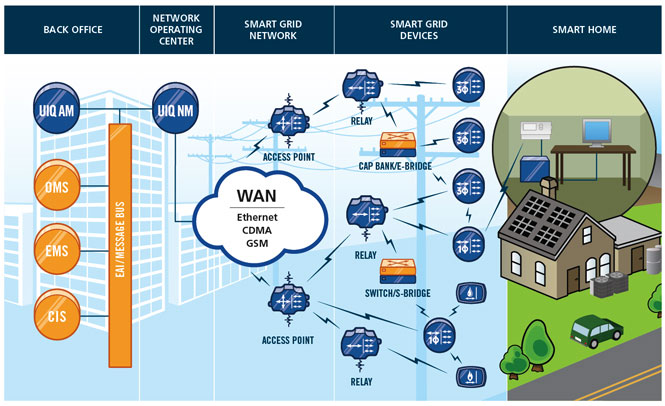One of the aspects of software efficiency is algorithmic efficiency. It sounds more difficult than it is. Lets break this down with a metaphor. Say you take a Taxi to the airport. If you have an experienced and good driver, he will take the shortest and quickest route. If you have a bad driver, he will take a longer route. In the same way, software can be programmed with algorithms that work fast and efficiently or algorithms which are slow and inefficient. Good software is algorithmic efficient.
Lets take Google: two searches produce about the same amount of emissions as boiling a kettle of water. Although Google is probably very efficient in its algorithms, it could reduce the emissions by trying even harder.
One technology that is noteworthy in light of algorithmic efficiency is Hadoop. Hadoop is a highly efficient software project aimed at big data. Big data is obviously a great trend at the moment and the more efficiently we can use it, the greener and better. Without getting into the details of Hadoop, the concept is to be more efficient with algorithms. This video of IBM provides an overview:
Especially for companies in the data business (such as social networks or data storage) this is a very lucrative business proposition. It provides greater efficiency in retrieving and using data and thereby yields two benefits that interest managers: cost-saving and efficient resource allocation.
The difficulty here is that Hadoop is fundamentally very different from other software structures and would require businesses to completely change their IT systems (at least on a software level). A risk is also that if companies were to switch, they might be unfamiliar with the new system or have difficulty to maintain it. This is why cloud providers, like IBM, have specialized in providing Hadoop solutions.
Hadoop is a classic example of algorithmic efficiency and, or similar solutions, should be considered by all software businesses. It will not only make your software more green, but it also makes it more resource efficient (therefore requiring less servers) and quicker (increased consumer satisfaction). Algorithmic efficiency is therefore key in green IT and one of the most interesting technological trends out there.
If you want to stay updated on the latest trends in green IT, follow us on Twitter and like us on Facebook.





